It has often been observed that reading is like travelling: books can take you on an imaginary journey anywhere. If you agree with this – and we are sure you do! – then in each volume of the World Stories series you will enjoy multiple journeys all over the world, going back in time and exploring different cultures.
The contents of the four volumes of the World Stories series are impressive: myths, legends and folk tales from the British Isles, Scandinavia, Russia, Greece, Africa, the Middle East, Korea, China and Central America. Each volume is composed of five or six short stories, so the reader is constantly stimulated, always travelling. The language is accessible: the four volumes are retold in language at these levels of the Common European Framework: A1, B1.1, B1.2 and B2.1.
A wide range of stories
In the contents of the World Stories series you will find familiar stories such as the myths of Echo and Narcissus and Theseus and the Minotaur from Ancient Greece and one of Sinbad’s adventures from ‘The One Thousand and One Nights’. Learners will doubtless also recognise the characters Thor and Loki from Norse mythology – made popular through comics and films.
But there will be surprises, too. Who will be able to resist the allure of the enchanted forests of Russia, where Vasilisa the Beautiful meets the terrifying witch Baba Yaga and where a shape-shifting wolf helps a prince to find the magical Firebird? Learners will discover stories from the Far East, such as the moving story of the growing trust between a woman and a tiger in a story from Korea, or the intriguingly titled ‘Butterfly Lovers’, often called ‘the Chinese Romeo and Juliet’.
We strongly suggest that you browse through the books to see the stories we have chosen!
Activities: ‘Before you read’ and Reacting, Thinking and Creating
Each story is preceded by activities whose aim is to arouse learners’ curiosity and facilitate comprehension of the story. To this end, two pages of ‘Before you read’ activities always pre-teach vocabulary and introduce the characters in the story, encouraging students to engage in the motivating activity of prediction.
After each story in the World Stories series there are two pages of ‘After you read’ activities. These are not, however, conventional reading comprehension activities. Instead, each story is followed by five separate sections. The first three short sections are entitled Reacting, Thinking and Creating. The stimulating and thought-provoking activities in these sections provide practice in the essential 21st century skills of creativity, communication, critical thinking and collaboration.
Activities: Expanding
The title of the next section of the ‘After you read’ activities is Expanding. Here learners are encouraged to notice a significant element in the story and expand their knowledge of it. This element might lead to intertextual connections with other stories or films, or more often it might lead to factual connections with the real world.
An example of intertextual connection:
The Russian tale of ‘Vasilisa the Beautiful’, which has the witch Baba Yaga as antagonist, leads to an Expanding section on witches and wizards in fiction, which includes Homer’s Circe, Merlin from the Arthurian stories, Gandalf and Saruman from The Hobbit and The Lord of the Rings, and Voldemort from Harry Potter.
Some examples of factual connection:
The Guatemalan story of ‘The Quetzal Bird’ leads to an Expanding section on the history of the Maya people. The story from Norse mythology of Thor and how the Giants stole his hammer leads to an Expanding section on the history of the Vikings.
Content and Language Integrated Learning (CLIL) is now widespread. Our intention is that the Expanding sections should involve CLIL-style connections between the stories in the World Stories series and other stories from around the world and/or with history, geography, science or other school subjects.
In the Expanding sections we also use some CLIL methodology as well as CLIL contents: through a series of true/false questions about a topic, learners are encouraged to reflect on what they know and what they want to know.
After the learners’ responses to the questions, teachers distribute an article to read (it is in the Teacher’s Book) in which learners will find out if they are right or wrong; their curiosity will be satisfied and they will have acquired new knowledge. The process is the classic K-W-L: ‘what I know’, ‘what I want to know’, ‘what I have learned’. (An additional, gapped version of this article, ideal for Cambridge exam practice, is also provided in the Teacher’s Book: it is optional, available for teachers to use if they want.)
The Expanding section is always introduced by a stimulating selection of artworks and photos, which elicit learners’ ideas about the topic to come, and encourage them to talk about them. Another important skill, visual literacy, is practised here.
Activities: Searching
The last section after each story is called Searching, which invites learners to further explore the topics in the Expanding section or another topic suggested by the story. Learners are given key words to search online in activities which practise digital literacy, another 21st century skill. (The Teacher’s Book tells teachers exactly what the learners are expected to find.)
Support for teachers: Teacher’s Book
Each volume of the World Stories series is accompanied by a dedicated Teacher’s Book, downloadable online from our website. Each Teacher’s Book contains a wealth of supporting material: keys and suggested responses to all the activities, extra activities, background information about the stories, suggestions for searching the web and so on.
Robert Hill’s webinar on 3 June 2020 uses a Scottish story from The Quetzal Bird and other stories to demonstrate interesting kinds of after-reading activities.


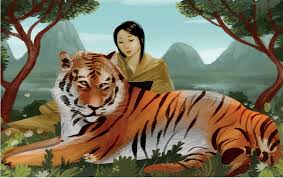
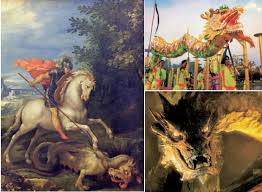



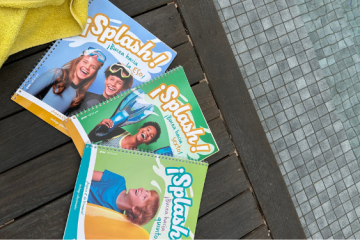

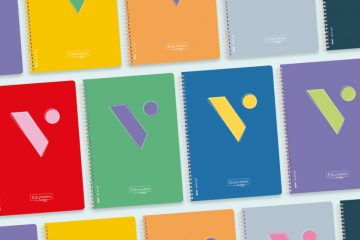
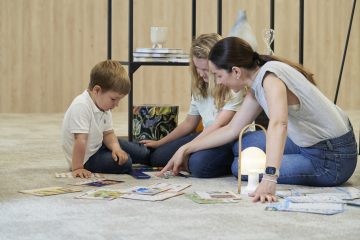


Sin Comentarios